Page 5 of 5
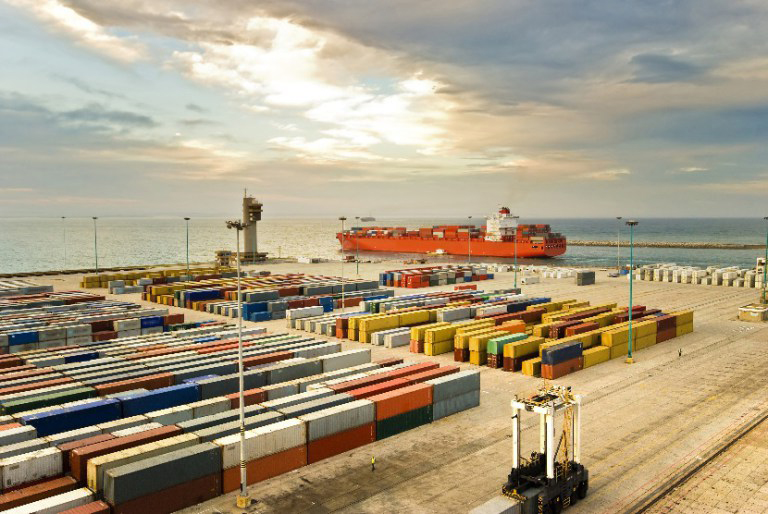
Is There a Rust Season or is it Open Season for Rust?
When you mention the words “rust season” to someone in the metalworking industry, you may get a dry smile. Their immediate answer is typically summer, when high heat and humidity create the perfect conditions for corrosion. Unfortunately, that answer is usually quickly followed by reasons why their metals can corrode the rest of the year.
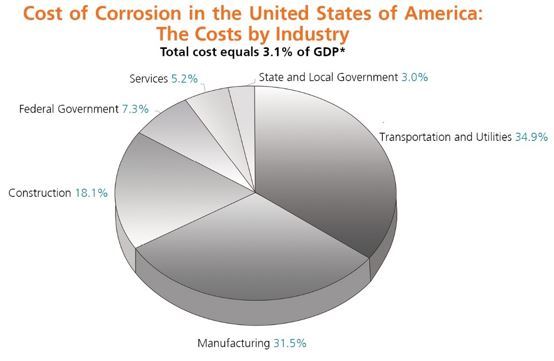
What Does Corrosion Really Cost You and The Environment?
April was Earth Month, but did you know Corrosion Awareness Day also occurred during April? While this date isn’t as well-known, preventing corrosion is a crucial way to help the environment and conserve natural resources. Corrosion affects you, whether you are a civil engineer overseeing infrastructure, a quality-control manager at a metalworking facility, or have
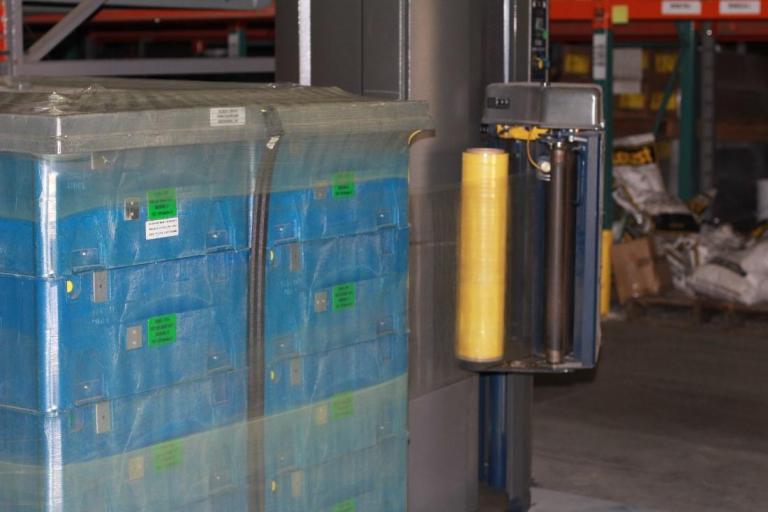
What is the Difference Between VCI Shrink and VCI Stretch Wrap?
Often people interchange the product names VCI Shrink Film and VCI Stretch Wrap, but they are two distinct packaging films. Both Vapor Corrosion Inhibitor (VCI) protection-infused films possess different mechanical properties. Vapor Corrosion Inhibitor (VCI) stretch film VCI stretch film tightly bundles items such as pallets. It’s similar to plastic wrap and has a sticky quality
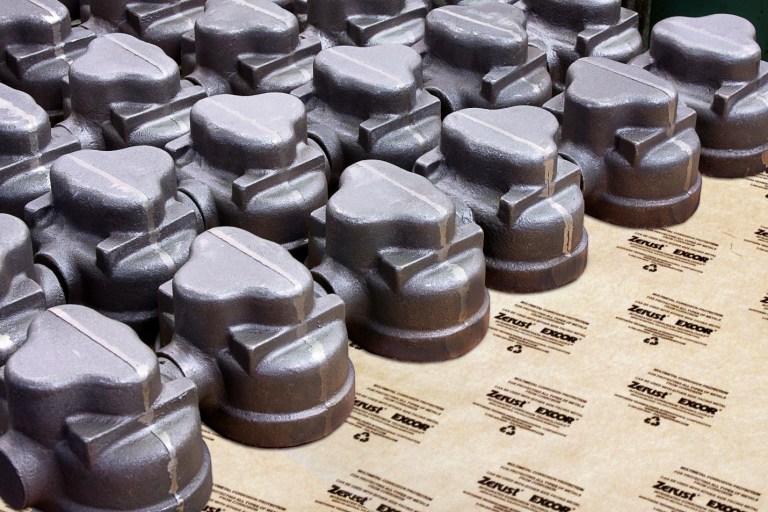
Does Corrugated Affect Corrosion & What Can You Do About It?
When shipping metal parts in cardboard corrugated boxes, do you allow the unprotected parts to touch the box? If so, then the corrugated may be the source of the corrosion. When cardboard boxes are manufactured, the paper begins as pulp and is then dissolved using nitric acid. In order to neutralize the acid before forming
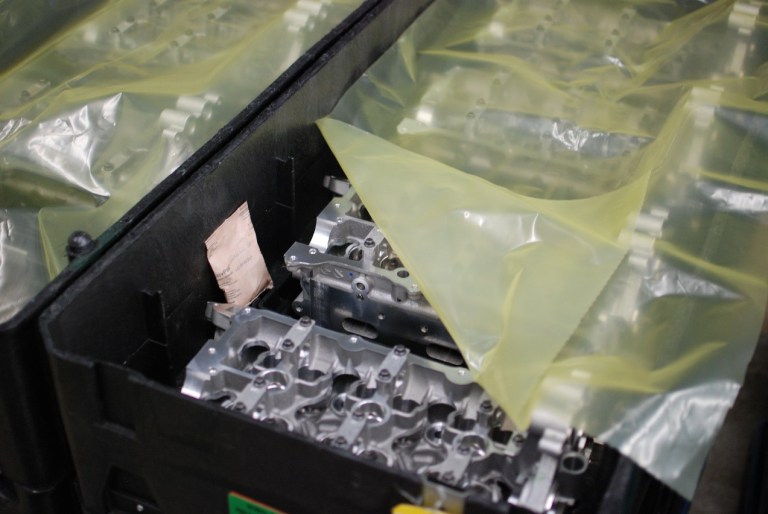
Corrosion Prevention: When to Use VCI Diffusers with VCI Packaging
Volatile Corrosion Inhibitor (VCI) Packaging is an effective way to prevent corrosion on metals. When packed correctly, VCI packaging can protect clean metals for years in shipping and storage. Typical VCI packaging products are VCI poly sheeting, VCI bags, VCI Kraft paper, and other VCI wraps. These packaging products are used to line containers or create
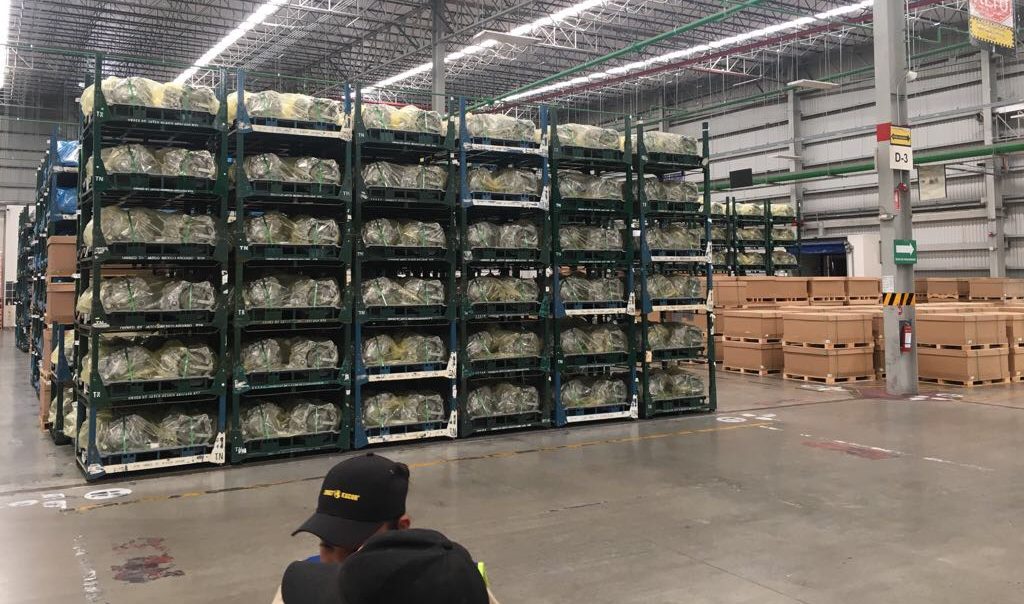
VCI Poly vs VCI Paper? The Advantages and Disadvantages Explained
Volatile Corrosion Inhibitors (VCIs) have been around since the 1940’s, when a product named Dichan was introduced into market. Dichan consisted of dicyclohexylamine-nitrite, which was described as a vapor phase corrosion inhibitor that had sufficient vapor pressure to release corrosion inhibiting molecules into the surrounding area. Eventually, this chemistry began to be coated onto paper,
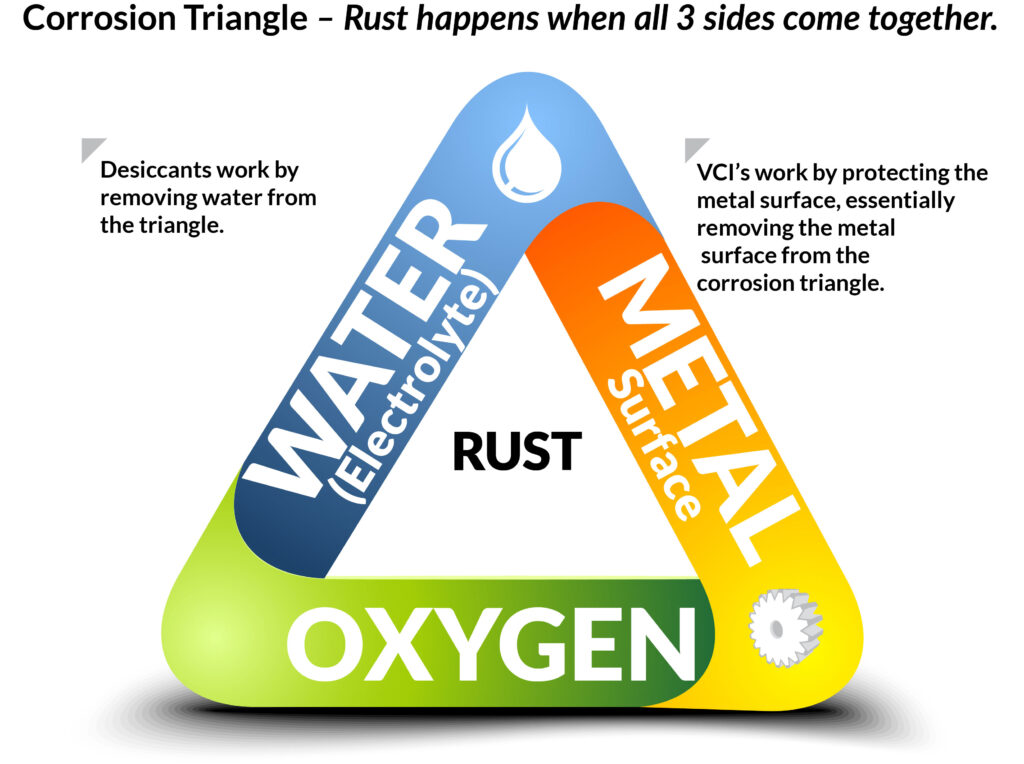
VCIs vs Desiccants. How do they Differ?
When it comes to corrosion prevention during shipping and storage, two common methods are often discussed: Vapor Corrosion Inhibitors (VCIs) and desiccants. Although both aim to protect metal surfaces, their mechanisms and ideal applications differ significantly. Understanding these differences can help you choose the most effective solution based on your specific needs, environment, and duration
